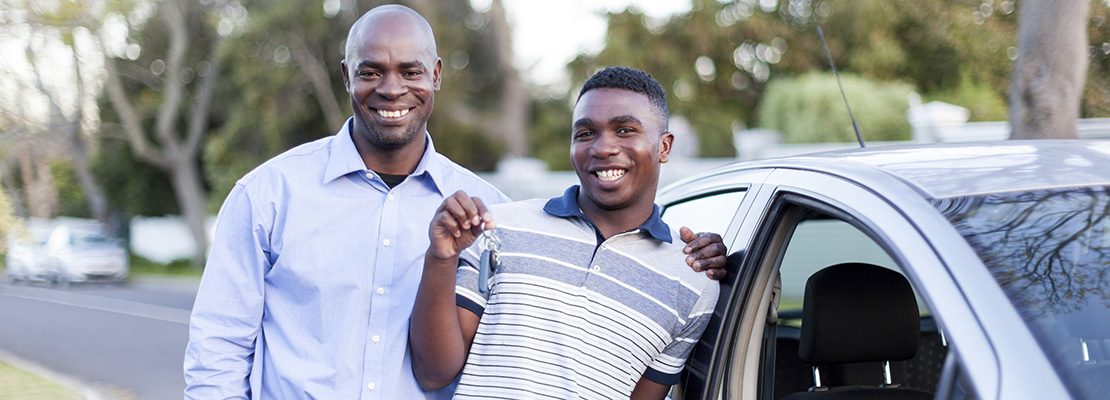Loans are an important part of our economy; they help consumers afford essential goods and services such as cars, homes and college educations that they otherwise may not be able to pay for. Loans are a type of debt, where you must pay back the money borrowed (the principal) along with an additional percentage of the principal, the loan’s interest. The interest is the profit the lender makes on the loan they’ve extended. But all debt is not created equal. Did you know there is both “good debt” and “bad debt”?
So…what is “good debt”? Good debt becomes an investment that will grow in value or generate long-term income. Taking out student loans to pay for a college education is the perfect example of good debt. First of all, student loans typically have a very low interest rate compared to other types of debt. Second, a college education increases your value as an employee and raises your potential future income.
An auto loan is another example of good debt, particularly if the vehicle is essential to doing business, such as taking you to work or functioning as part of your work. Examples of the latter situation would be a truck used to make deliveries or for carrying equipment for other work that you do, such as operating a landscaping business. However; unlike homes, cars and trucks lose value over time, so it's in the buyer's best interest to pay as much as possible up front so as not to spend too much on high-interest monthly payments.
Good debt can also simply be low-interest debt. Home equity loans are usually considered good debt (or at least "better" debt), because their interest rates are lower than other types of debt, such as auto loans or credit cards. With a home equity loan, the lending institution uses the value of your home as collateral. Home equity loans can be extremely useful; they can pay for repairs or upgrades to your home or they can be used to pay off other, higher interest debt you have, such as credit cards. The amount and interest rate of the loan depends on the appraised value of the house. While it may seem smart to consolidate other debts under a lower-interest home equity loan, carefully consider whether or not you can really make the payments. If you can’t pay the loan back then you could end up losing your home.
“Bad debt” is debt incurred to purchase things that quickly lose their value and do not generate long-term income. Bad debt is also debt that carries a high interest rate, such as credit card debt. The general rule to help avoid bad debt is: If you can't afford it and you don't need it, don't buy it. If you buy an expensive $200 pair of fashion designer shoes on your credit card, but then can't pay the balance owed on the card for years, those shoes could eventually cost you more than $250 because of accumulated interest, and by then the shoes could be both worn out and out of style.
Payday loans or cash advance loans are some of the worst kinds of debt, and, unfortunately, they are necessary for some people to meet their monthly expenses. In a payday loan, the borrower writes a personal check to the lender for the amount he wants to borrow, along with a fee. Then the borrower has until his next payday to pay back the loan amount, plus the original fee and any interest incurred over that time period. Interest rates for payday loans are astronomically high (and in some states, charging these high rates is illegal, an activity known as usury), starting at 300 percent annually [source: FTC]. And if you fail to pay back the amount by your next payday, you incur yet another processing fee to "roll over" the loan, which then goes on to build up more interest charges. This accumulating debt means that a loan of a few hundred dollars can end up costing thousands of dollars to repay.
So if you’re thinking about taking out a loan, analyze your finances carefully, maybe talk to a financial adviser at your credit union or bank—and be certain you’re taking on good debt.



